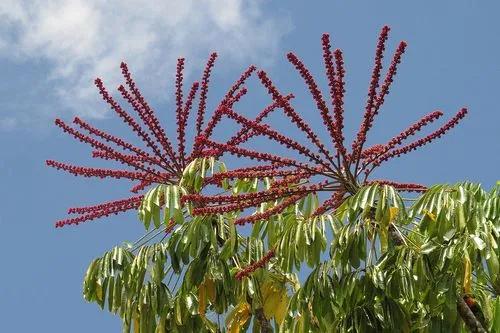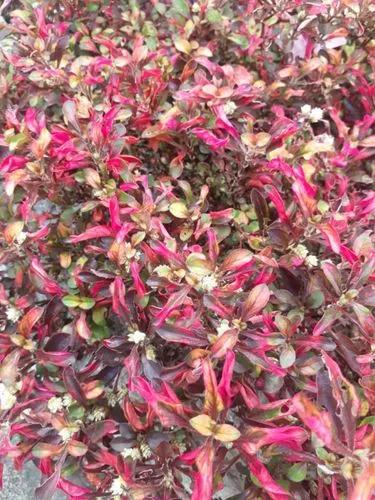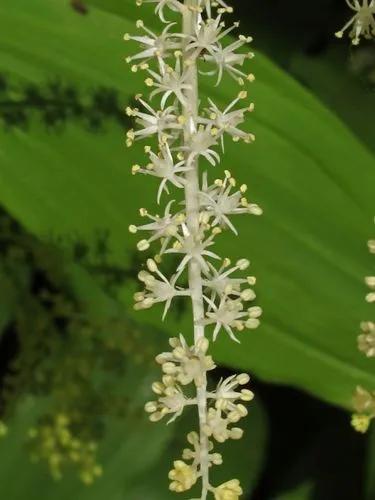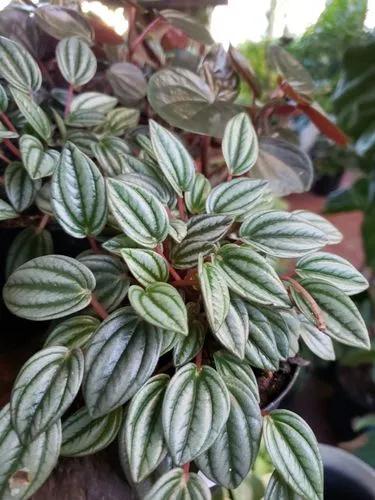It is a small herbaceous creeper, with prostrate ground-hugging habit, up to 15 cm tall, spreading or trailing up to 60 cm. Its alternate, fleshy leaves have toothed or wavy leaf blades that are elliptic to oblong, and sometimes broadly egg-shaped, asymmetrically-cordate based, and 2.5–10 by 2–5 cm. The veins are mosaic-like on upper leaf surface, and distinctly reddish or brownish on lower surface. The stipules are pink-reddish, diamond-shaped, found at base of leaf petioles. Its leaf colour resembles watermelon rinds or the foliage of certain Begonias and are variable, ranging from grey-green in between brownish to purplish-green edges to almost totally brownish-green, and becoming completely purplish-brown with age.
Pellionia Repens Care
Procris Repens



How to Care for the Plant

Water

Pellionia are moisture and humidity lovers. They should never be allowed to dry out, even during the winter season, and high humidity is a must. Get in the habit of spritzing the plants daily, or grow them in a bathroom or other naturally humid environment. If your leaves brown, the most common cause is definitely low humidity.

Fertilizer

Feed with a weak liquid fertilizer throughout the growing season.

Sunlight

Pellionia are a definite understory plant. They dislike direct sunlight and will easily burn if exposed to the straight rays of the sun. At most, they can survive in an east-facing window.

Soil

Any good, fast-draining potting soil will likely do.

Temperature

Something else to note is that they do not tolerate cold temperatures, which is another reason why they truly do best in terrariums.
Discover more plants with the list below
Popular articles






